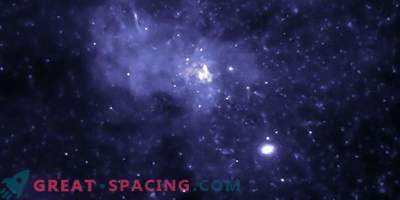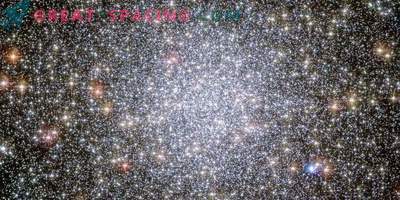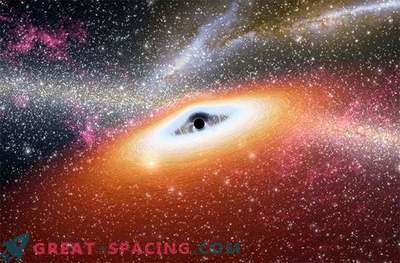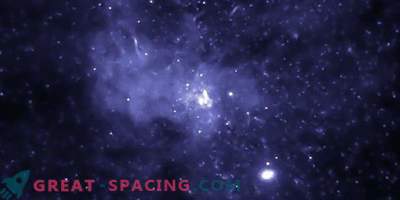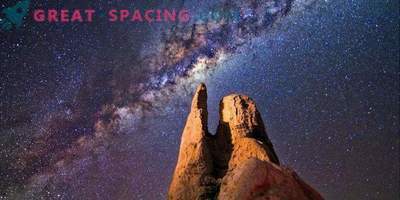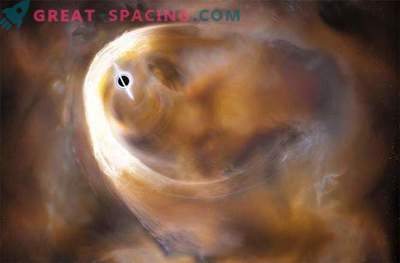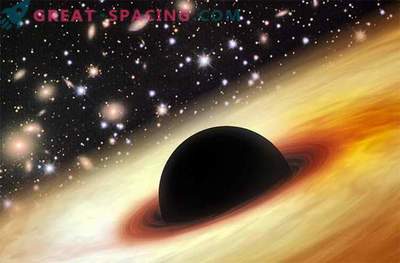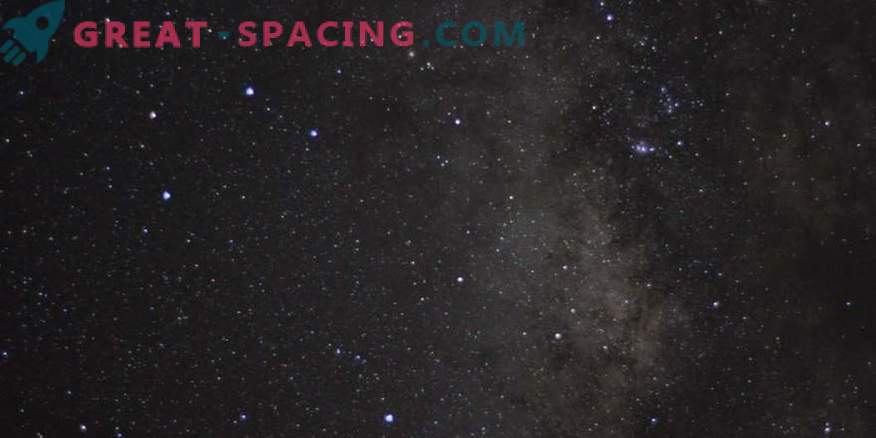
An international team of astronomers led by the University of Manchester discovered a new “missing” black hole in the Milky Way. It turned out that the object is hidden in the constellation Sagittarius.
The black hole is 26,000 light-years distant and is located in the globular cluster NGC 6624. The globular cluster is a millionth group of old stars connected by gravity. Scientists have discovered that the millisecond pulsar PSR B1820-30A (a strongly magnetized and rapidly rotating neutron star, emitting bunches of electromagnetic radiation) in NGC 6624, most likely, rotates around a black hole. Its mass is so huge that it equals 7,500 solar.
PSR B1820 30A - the closest pulsar to the center of the globular cluster. This finding is incredibly important, as it will help scientists obtain the “missing link” between black holes stellar mass (the smallest species) and supermassive black holes.
The high density of stars in the direction of the center of globular clusters provides a probable environment for the formation of massive black holes. Usually they appear due to the collapse of massive primary stars or after the merging of black holes of stellar mass. The pulsar was found with the help of B. Lovell Radio telescope, which had been watching it for over 25 years. The researchers analyzed the data collected and added information to them from the Nançay radio telescope (France).
Such pulsars are very important because they allow you to accurately determine their distance from the Earth. Moreover, they are extremely sensitive to any movement formed due to the gravity of neighboring objects, which makes it much easier to find black holes.
Thanks to the synchronization of the pulsar, it was possible to determine the parameters of the orbit and the mass of the satellite PSR B1820-30A. And this means that it accomplishes the orbital path around a black hole of average mass located in the center. This discovery will help to understand the black holes of intermediate mass, as well as the processes of formation and evolution of clusters.

